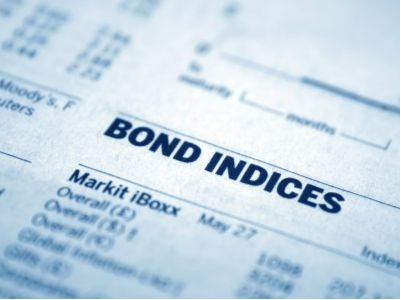Industrial Securities Strategy: Who is Buying A500ETF?
2024-11-25 16:07
The CSI A500 ETF has received net inflows of funds for 28 consecutive trading days, contributing the main increase to the market recently.
The CSI A500 ETF has seen net capital inflows for 28 consecutive trading days, contributing significantly to the recent market growth. As of November 21, 2024, the total scale of the CSI A500 ETF is approximately 165.8 billion yuan (excluding linked funds), with net inflows reaching as high as 129.8 billion yuan. Trading of the A500 ETF in the secondary market is also very active, with a total trading volume of 25.9 billion yuan on November 22, accounting for 25.28% of all stock ETF trading. The second batch of A500 ETFs has completed distribution, and many index-enhanced funds and linked funds have been approved, indicating that more funds may be on the way.
In terms of investor structure, individual investors make up a high percentage of the CSI A500 ETF, with institutional investors also participating. According to data disclosed on the first trading day, of the 14 listed/trading-declared CSI A500 ETFs, the average proportion of individual and institutional holdings is 73.5% and 26.5%, respectively. While individual investors dominate, institutional investors, including insurance and state-owned institutions, are also involved.
The CSI A500 Index is compiled with a sector-neutral approach, incorporating ESG and internet connectivity screening criteria to depict the overall performance of core assets in the context of China's economic transformation and upgrade. This provides diversified options for domestic and foreign long-term equity allocation in A-shares. By prioritizing leading companies in specific industries and adopting a sector-neutral stock selection approach, the CSI A500 combines the advantages of the SSE 300 and CSI 500, encompassing both large-cap and mid-cap, traditional and emerging industry leaders.
Looking at the component stocks, market capitalization, and industry distribution:
Firstly, in terms of coverage of component stocks, the CSI A500 includes 234 component stocks from the SSE 300 and 207 from the CSI 500, with other component stocks mainly distributed in the CSI 1000. In this sense, the CSI A500 is more like an enhancement of the SSE 300 through the high-quality assets of the CSI 500 and other small-cap index, covering leading companies in various sectors.
Secondly, in terms of market capitalization distribution, the main weight of the CSI A500 is still concentrated in large-cap stocks, with stocks with a market value of over 200 billion yuan accounting for 43% and stocks with a market value of over 100 billion yuan accounting for 62%. Compared to other broad-based indices, the median market capitalization of the CSI A500 is 39.2 billion yuan, lower than the CSI A50 and SSE 300, similar to the CSI 800, indicating a selection approach that balances between large-cap and mid-cap leaders.
Thirdly, in terms of industry distribution, the CSI A500 has a higher allocation in industries such as new energy, electronics, food and beverage, banking, and pharmaceuticals, with overweights in new energy, automotive, TMT, new energy, and automobiles compared to the SSE 300, and overweights in food and beverage, banking, consumer electronics, and construction compared to the CSI 500. As a result, it balances allocations between traditional and emerging industries, with strong industry representation.
Risk warnings include deviations caused by different data calibers and policy implementation falling below expectations.
RECOMMEND

AMAC: In January, 137 new asset-backed special plans were filed, with a total scale of 1122.64 billion yuan.
26/02/2025

Schroder Investment: Investors should consider allocating funds to securitized credit and insurance-linked securities.
26/02/2025

Reuss County Asset Annual Reflection: Policy Tipping Point is very clear. The semiconductor industry in 2025 is a game for the brave.
26/02/2025


